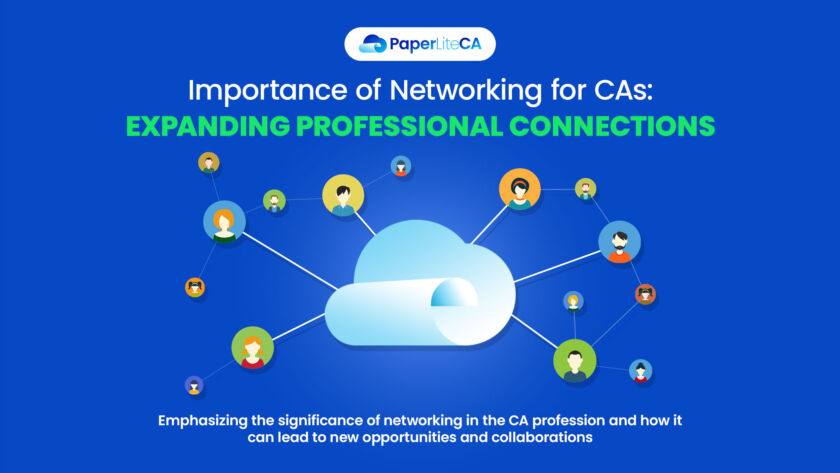As you know, taxpayers in India have the flexibility to choose between two tax regimes: Old Tax Regime Vs. New Tax Regime
Each regime offers distinct tax slabs, rates, and deductions, having the power to significantly impact your financial well-being. The key to choosing the right regime for your income is just a scroll away!…

The future of the accounting profession is at a crossroads.
Facing a critical juncture, it finds itself amid a transformation driven by technological advancements like automation and data analytics. Apart from these advancements, ever-changing regulations and a growing focus on strategic analysis are also reshaping the traditional role of the Accountant.
Amid this scenario, a…

The landscape of Chartered Accounting is continuously evolving, driven by technological advancements and changing business needs. One recent development from the domain comes from the Institute of Chartered Accountants of India (ICAI), the nation's regulatory body for the profession.
Recognizing the impact of technology on accounting practices, the New President of ICAI, CA. Ranjeet Kumar…

In the fiercely competing world of finance and chartered accounting, how can you make a difference? How can you secure your position in an industry where there are innumerable professionals with matching qualifications? The answer is simple - Personal Branding. To truly thrive and secure your position in this competitive landscape, Personal Branding for CAs…

Filing TDS returns on time is crucial for both the deductor as well as deductee.
However, unplanned events or technical glitches can cause delays in filing these TDS returns. While the Income Tax Act imposes penalties for such delays, it necessitates a closer examination of situations involving purely technical, unintentional errors.
This blog provides a…

Economic Uncertainty is an unfortunate but true reality for many businesses, especially so for small and medium -sized industries (MSMEs), more so in the financial situations prevailing currently.
For CA Firms, it becomes essential to take the situation in their hands and effectively weather the economic storms, by retaining clients even amid economic uncertainty. After…

The role of a Chartered Accountant extends beyond the number game. A CAs job includes regularly interacting and working with dozens of clients. In addition to the technical know-how, they should also possess certain other skills as well. This helps them offer better quality services to their clients. The aim isn't to exist as ‘just’…

Introduction
In the intricate realm of finance and accounting, success isn't achieved in isolation. Chartered Accountants (CAs) really value making connections – like building a big web of relationships that go beyond just numbers on papers. Networking is like a super important block for growing professionally – it's like having a special key. This key…

Introduction:
The GST audit is an annual requirement for GST-registered businesses with turnovers exceeding 2 crores INR. It involves scrutinizing records, returns, and documents to verify the accuracy of turnover, taxes, refunds, and compliance with GST Act regulations. Chartered Accountants play a pivotal role, in ensuring meticulous review and alignment with the complex GST framework.…
